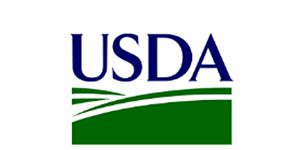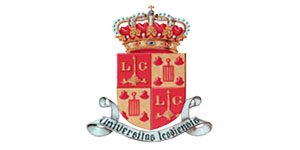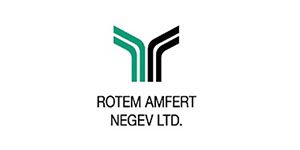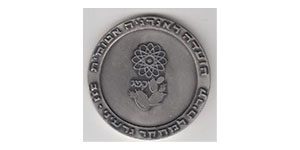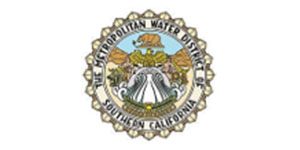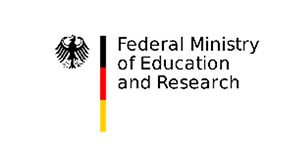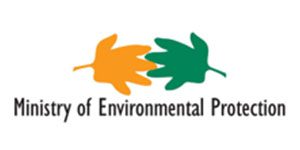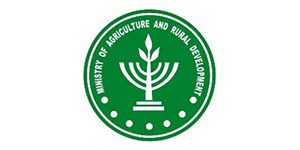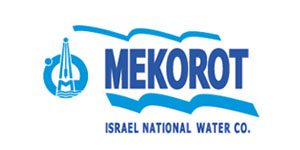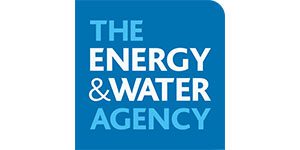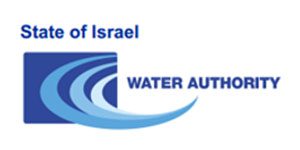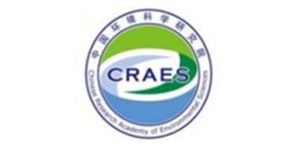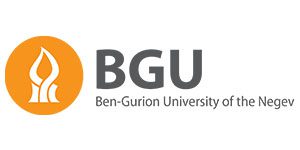Core Ideas
- Water flow and solute transport under an agricultural field were characterized.
- Measurements were taken using a vadose zone monitoring system.
- High Cl− irrigation resulted in increased NO3− concentrations in deep soil.
Abstract
Excessive use of N fertilizers in agriculture often leads to NO3− accumulation in the unsaturated zone and to groundwater pollution. There is uncertainty regarding the variability in fertilizer transport and uptake efficiency due to the lack of studies based on continuous nondestructive measurements in unsaturated soils. In this study, we analyzed solute dynamics across the unsaturated zone underlying cultivated agricultural fields. Commercial crop rotations under four treatments, comprising two N fertilization regimes and two irrigation water salinity levels, were conducted in loess soil in the semiarid climate of the northern Negev Desert, Israel. The impact of the various treatments on water and solute dynamics below the root zone was monitored by a vadose zone monitoring system. The patterns of variations in soil water content and solute concentrations were analyzed using nonnegative tensor factorization. We found that irrigating using higher salinity water resulted in the earlier arrival of wetting fronts to the deeper layers and increased NO3− concentrations relative to the lower salinity treatments. Surprisingly, this effect was only seen in the deeper soil levels, whereas there was no significant difference in the arrival times and concentrations in the upper soil layers. Possible mechanisms are suggested and discussed.
